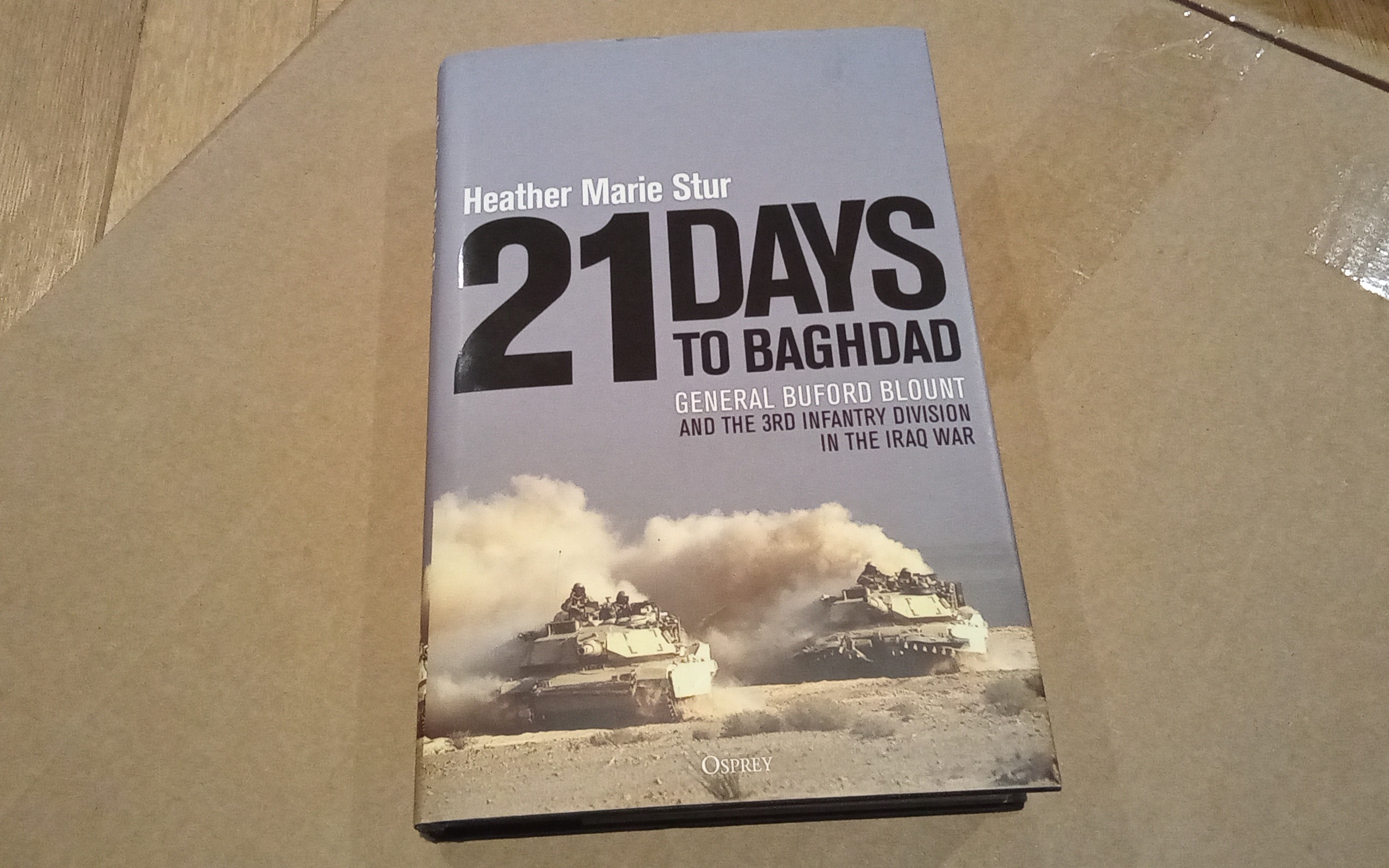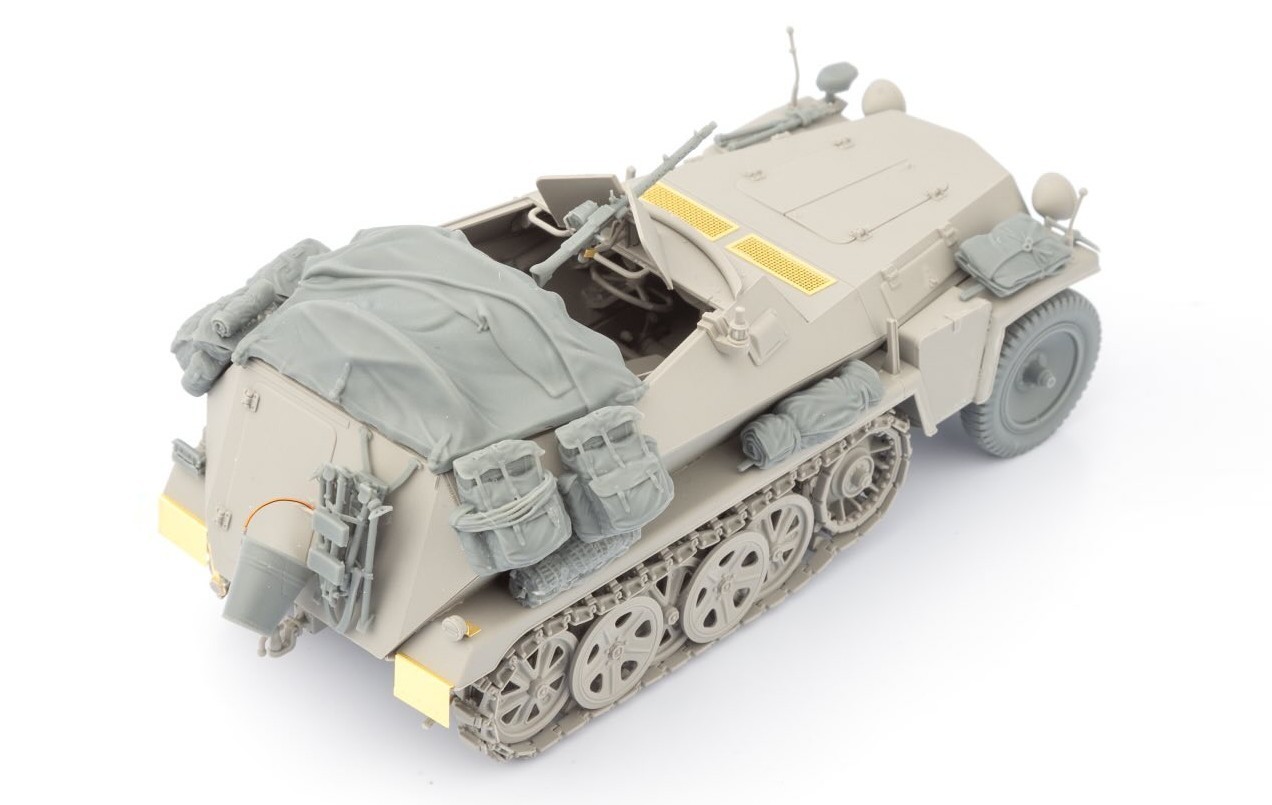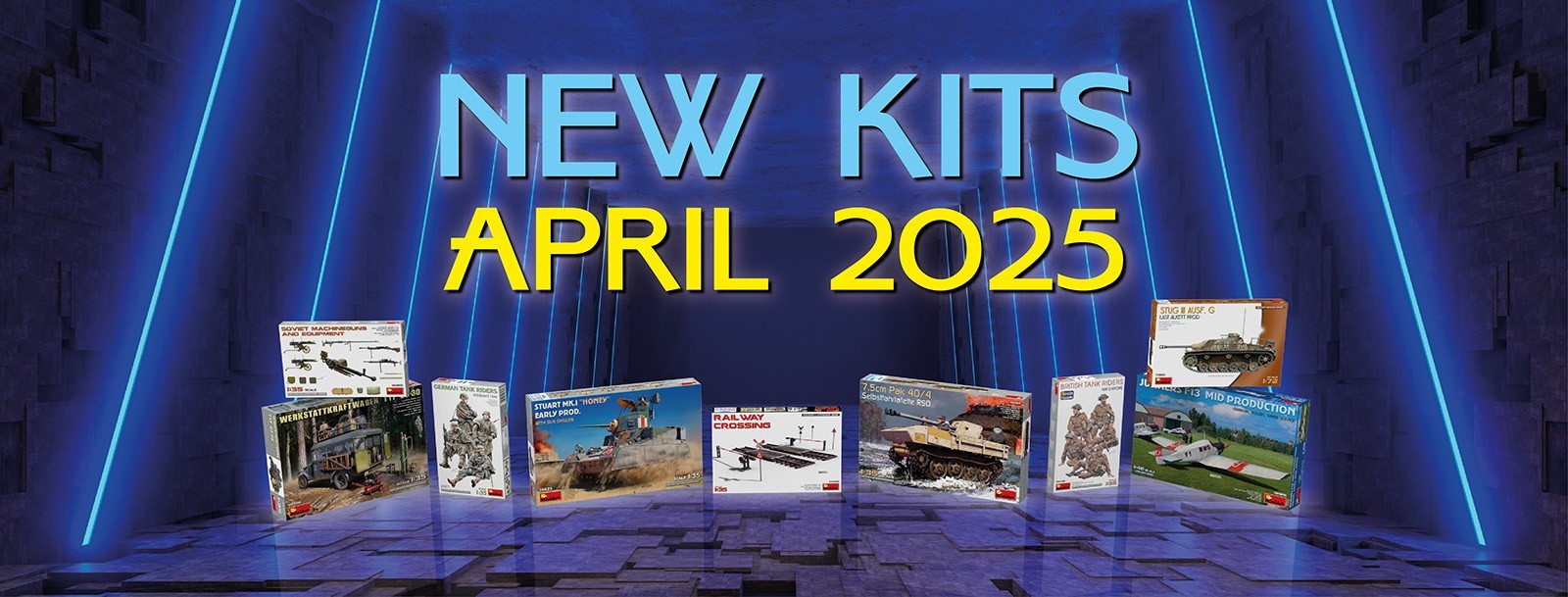Intro
Table of Contents
List of Illustrations
Maps
Introduction
1. The Making of a Seventh-Generation Soldier
2. The Arabist: Blount in Saudi Arabia
3. War Planning
4. Preparations in Kuwait
5. Invasion
6. Pushing Through Karbala
7. The General's Gamble: Seizing Baghdad
8. Now What?
9. Fallujah
Conclusion
Appendix: Third Infantry Division Order of Battle, Iraq 2003
Acronyms
Notes
Selected Bibliography
Index
Review
Firstly, it would be a stretch to say that this was an authoritative military history of the U.S. Army's 3rd Infantry Division in Operation Iraqi Freedom, more like a good introduction. At 320 pages all up, there is simply too much history and politics to cover, but it is a good read notwithstanding.
I found the narrative was linear for the most part, albeit with several points repeated along the way, and despite the title, there was little reference to days / dates, which would have made for easy reference and connected the title to the contents. But its not my book. Also, the book, I feel, would have benefitted from more maps, rather than the two at the front, which were of little value when reading the fast-paced march of the armor about a third of the way into the book. And large scale maps, too.
The narrative does vary in parts from the macro to the micro, strategic to the tactical to operational, and has a fair bit of history for context, so the timeline does bounce around a bit in parts. But it is easy to follow. Thankfully there are few persons to keep a track of along the way, and the author helpfully re-iterates a person's role if that person has not been mentioned for a while.
Something that did cause me to laugh, almost out loud, as found at page 212, "Retired Iraqi generals approached Blount wanting to talk, or they invited him to meet with them. They felt a sense of camaraderie with Blount, and they enjoyed trading war stories." I can only imagine how those conversations would have gone, given Blount was there writing his war story as he went. And the Iraqis, for their part, would be on the receiving end or conveying their actions against Iran. How does one trade war stories about gassing civilians?
There is one glaring error, found in the images and text: Blount's M113 named 'Zeus' is actually an M4C2V, the subject of a kit in 1/35, even if not attributed to him directly.
There is little new here, but the single most striking point that caused me to stop and reflect is found at page 270, another discussion on Hussein's weapons of mass destruction, this time in the context of his brutal suppression of opposition to his rule, "and for that reason, perhaps the bellicosity about weapons of mass destruction was aimed not at the U.S., but at Shia Iraqis and their Iranian allies." Which seems plausible in that Hussein used fear to keep people in line, with the unfortunate consequence that it also got America's attention. And we know how that ended.
General Buford BLOUNT gets some good press in this, and for all accounts earned his two stars, having played a stellar role in the invasion of Iraq and demise of Hussein.
There is brief mention of the wider political scene in the Middle East, and some predictions that did not age well in that they did not come to pass. Thankfully.
I've gone through and highlighted plenty more to comment on, but this is a review, not a dissertation.
Easily recommended for those interested in General Buford Blount (ret), the 3rd ID, and the war in Iraq in general.
For an armor modeler, thats a howler...
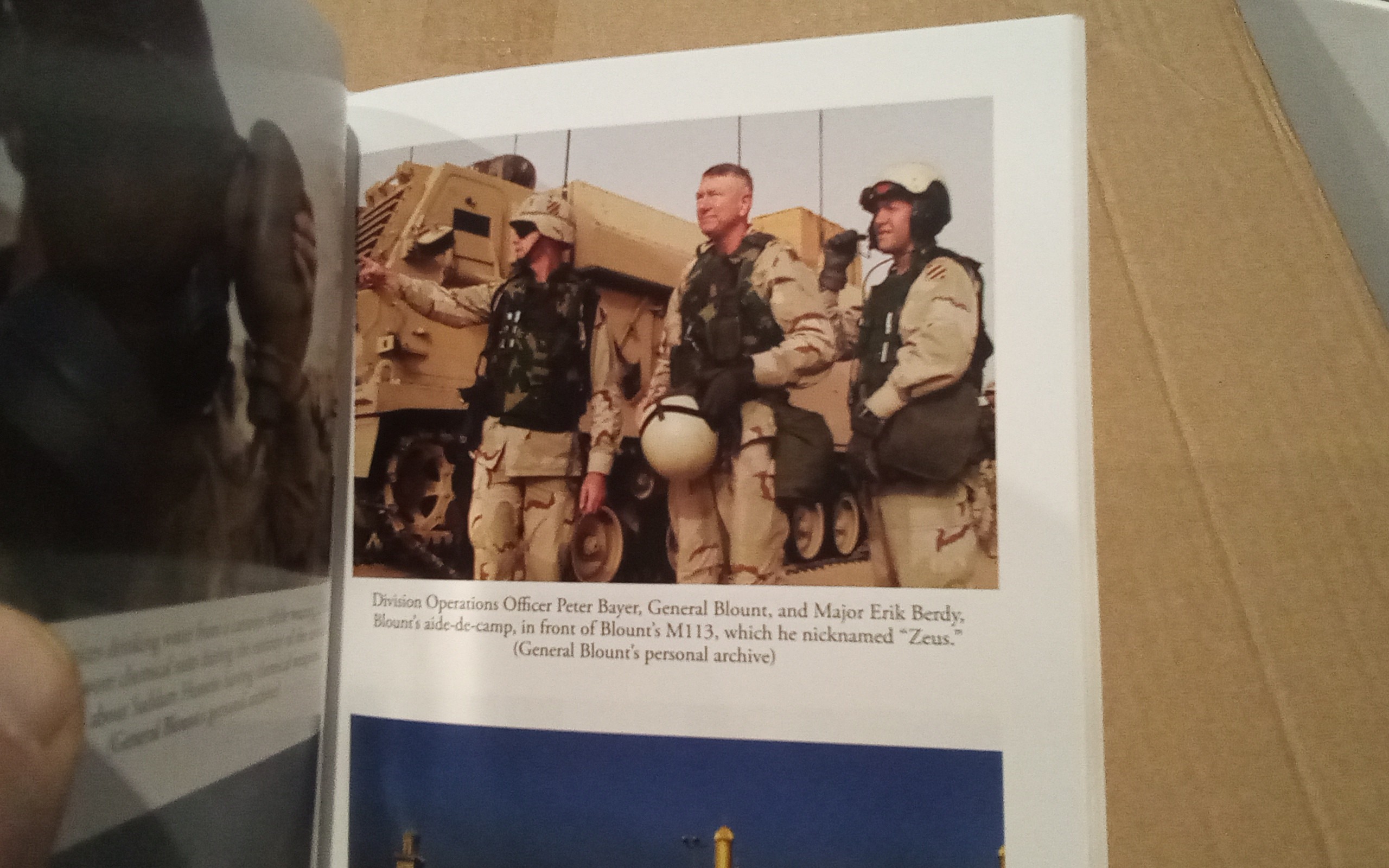
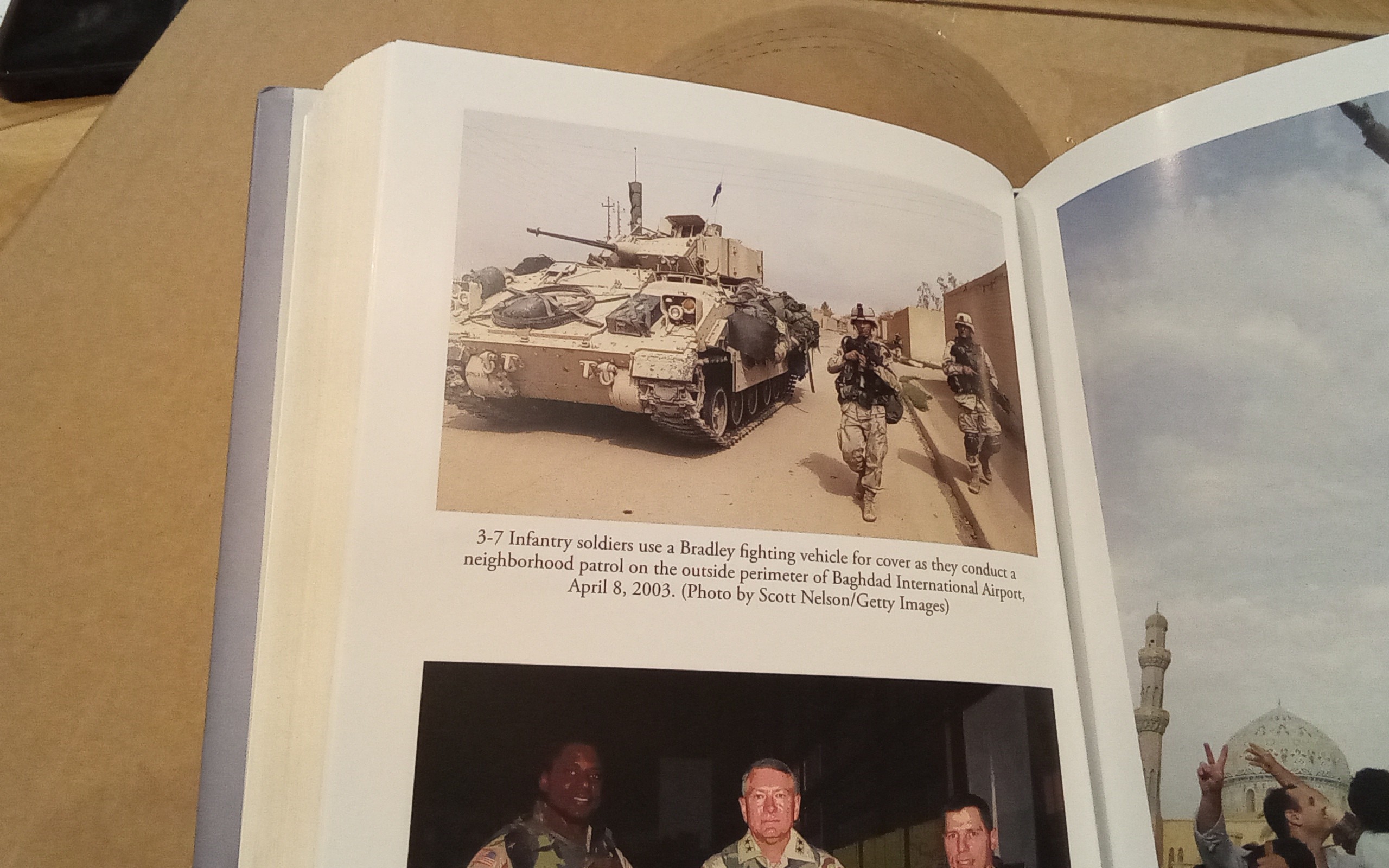
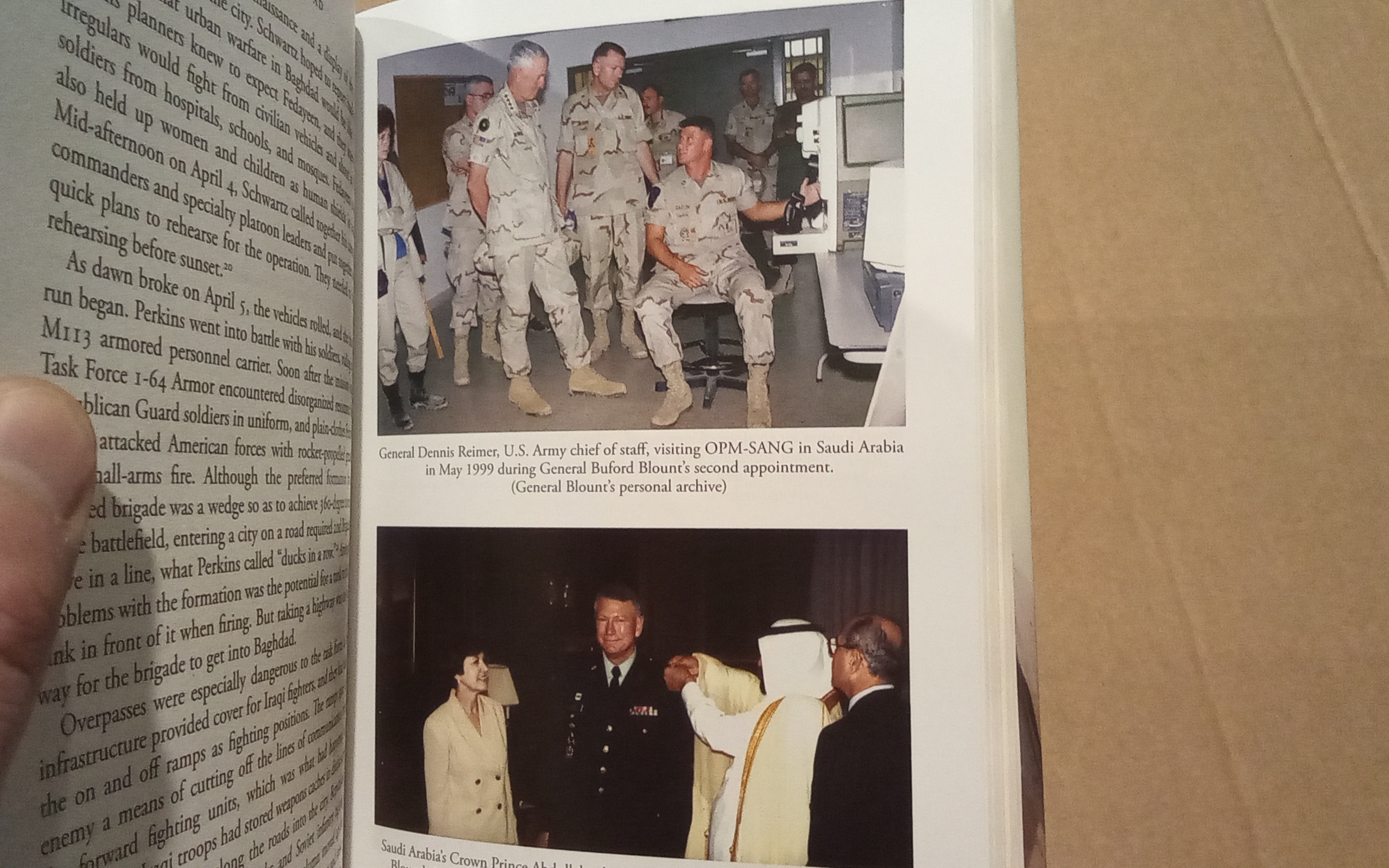
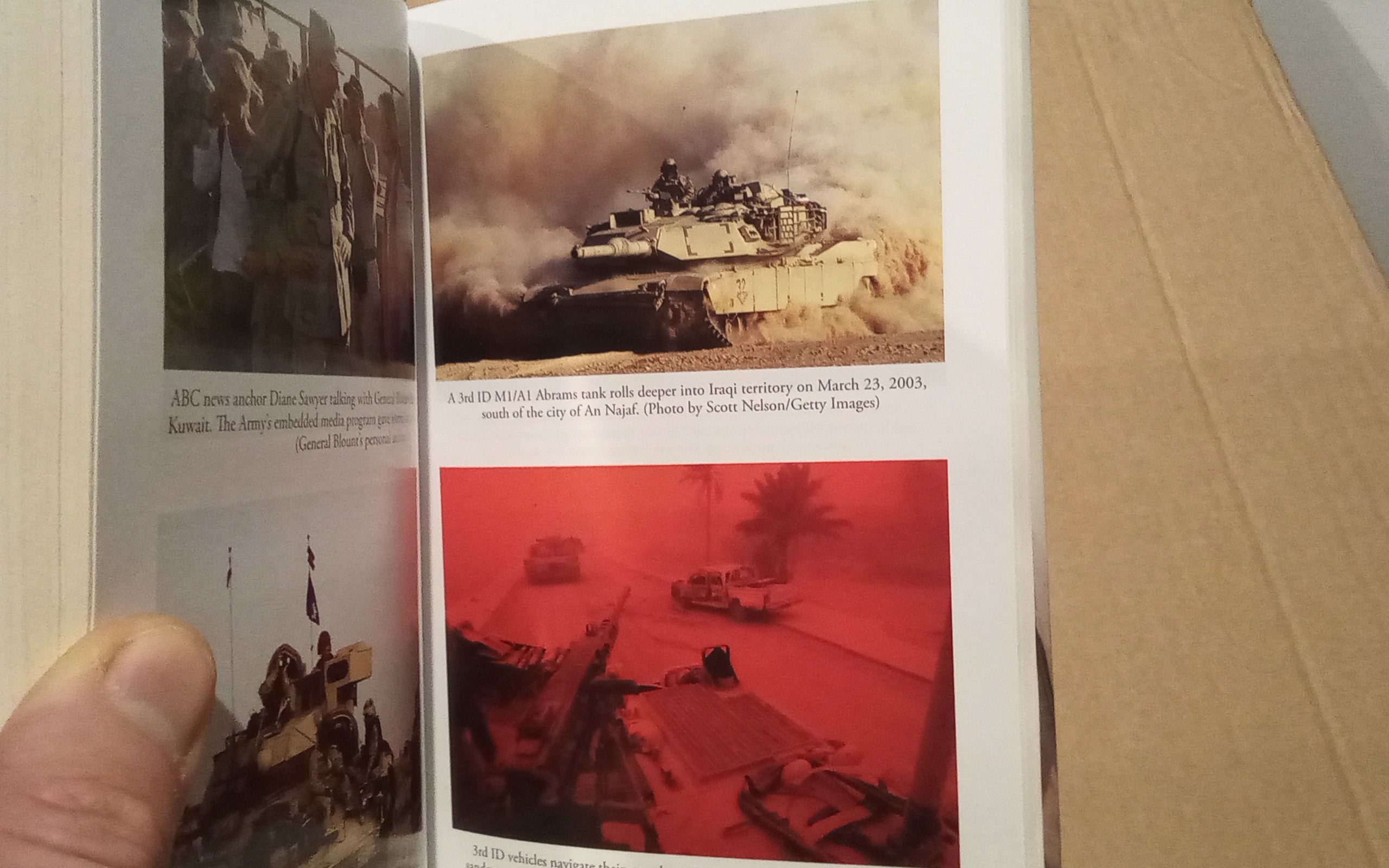
Tragic.












